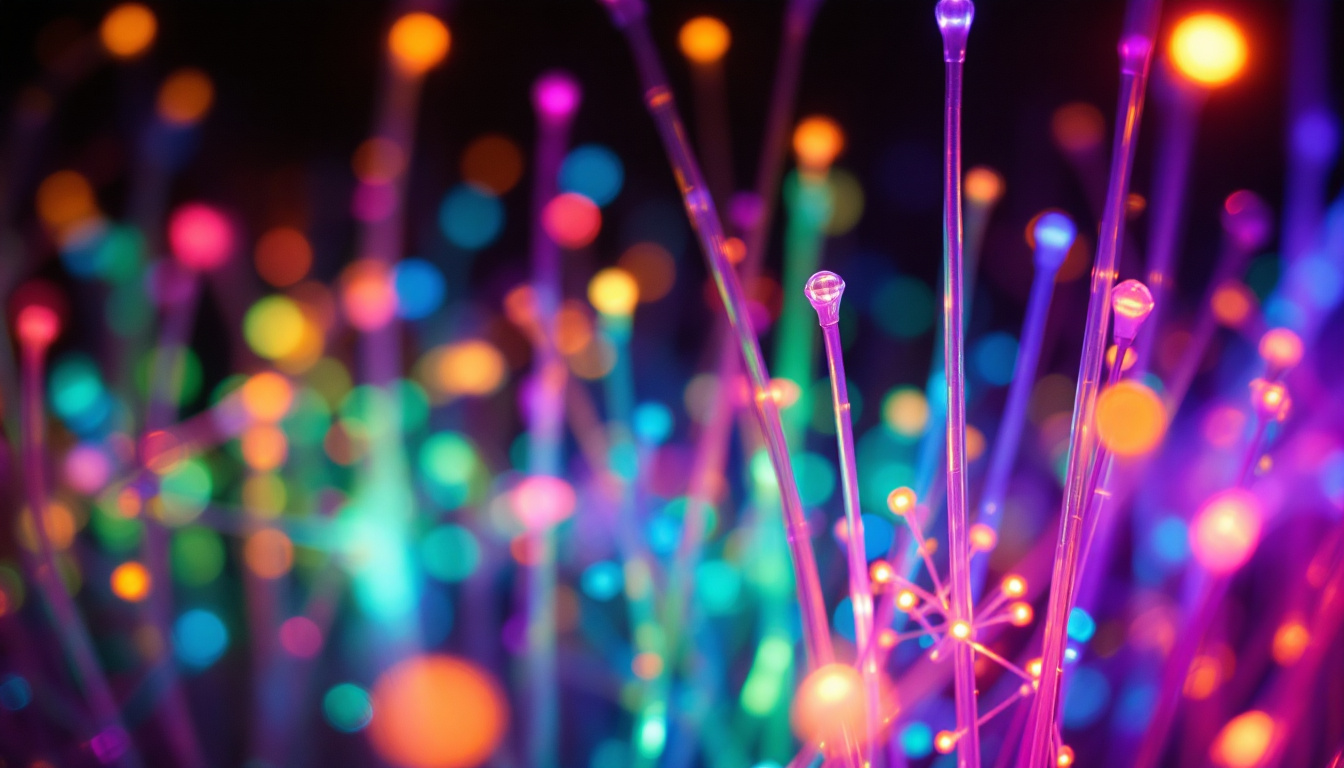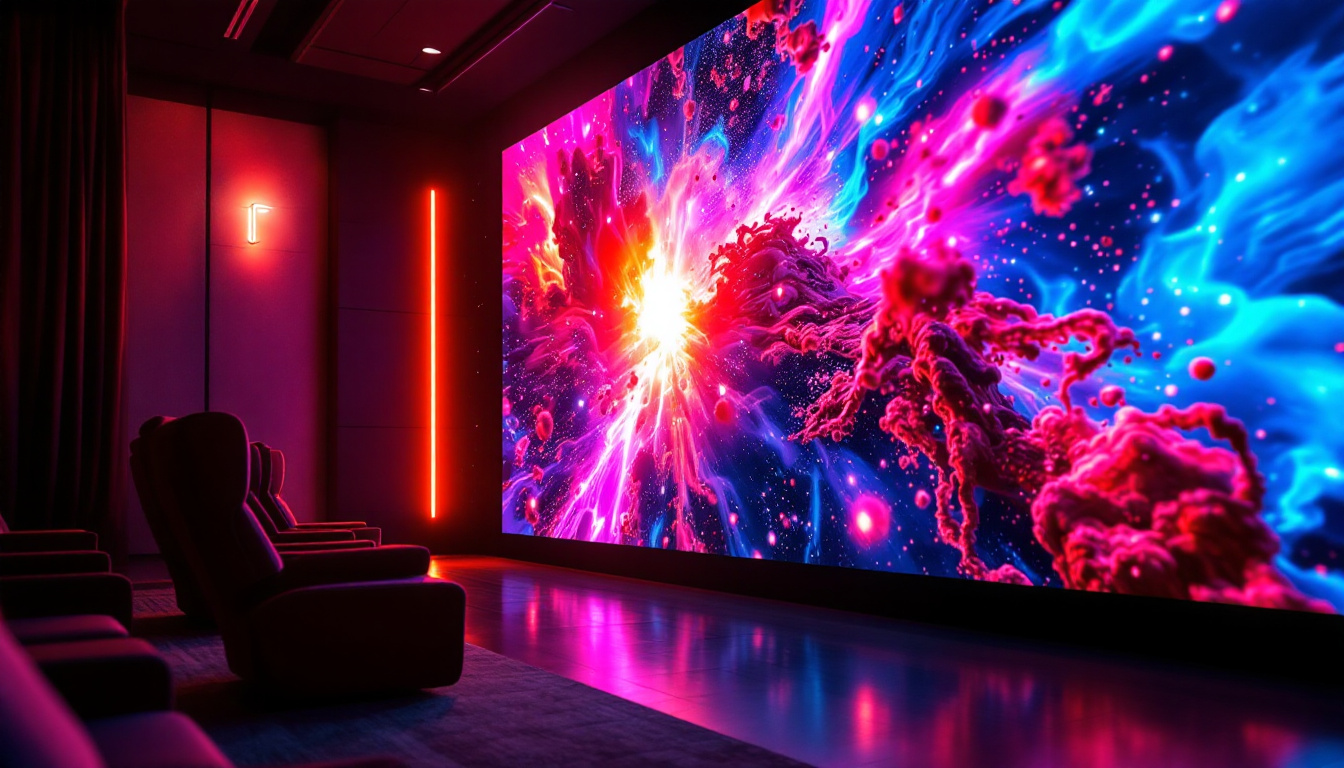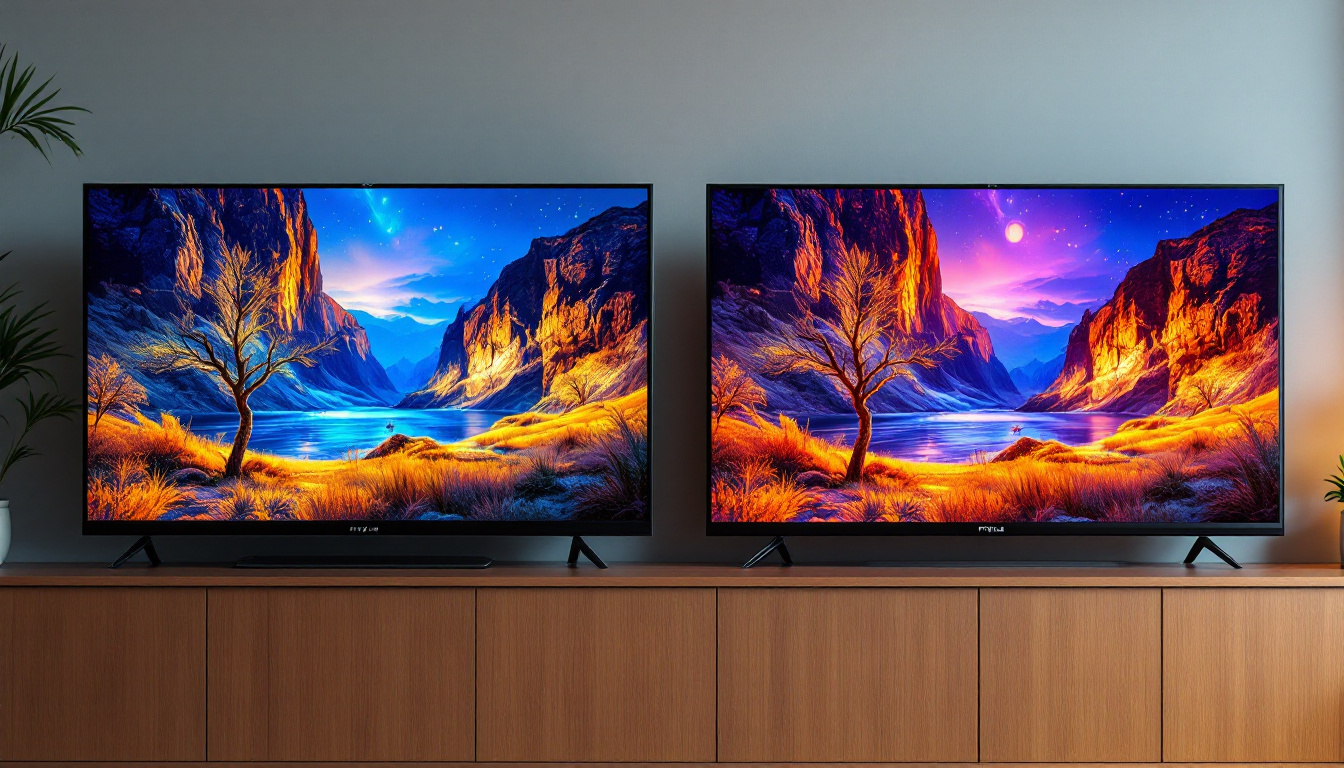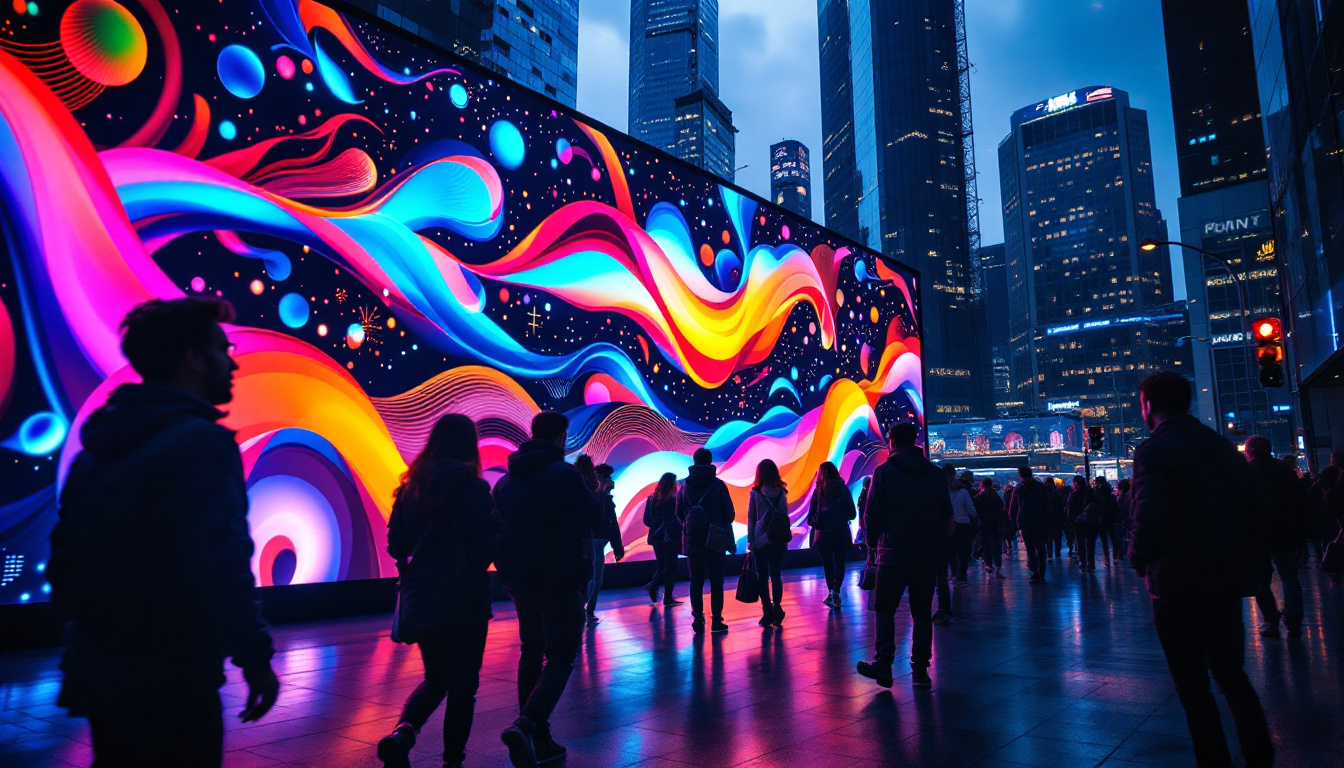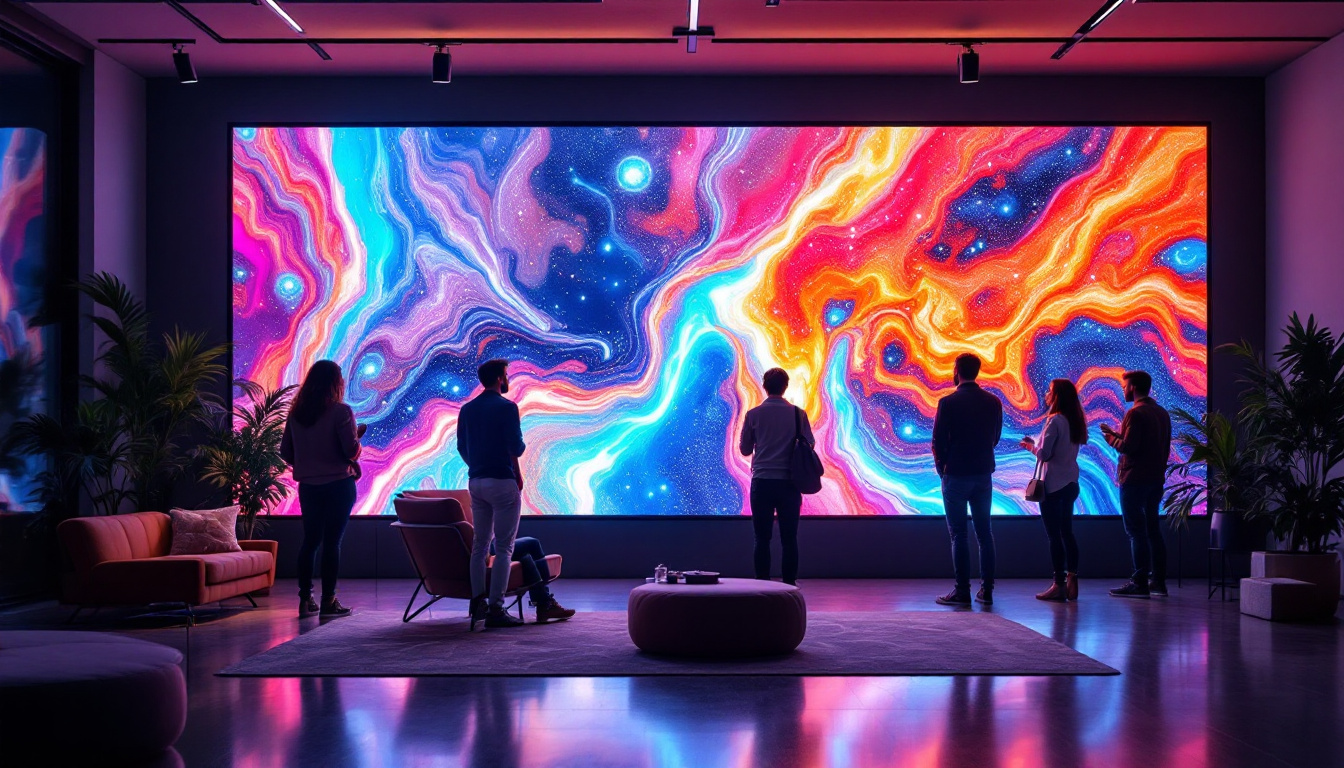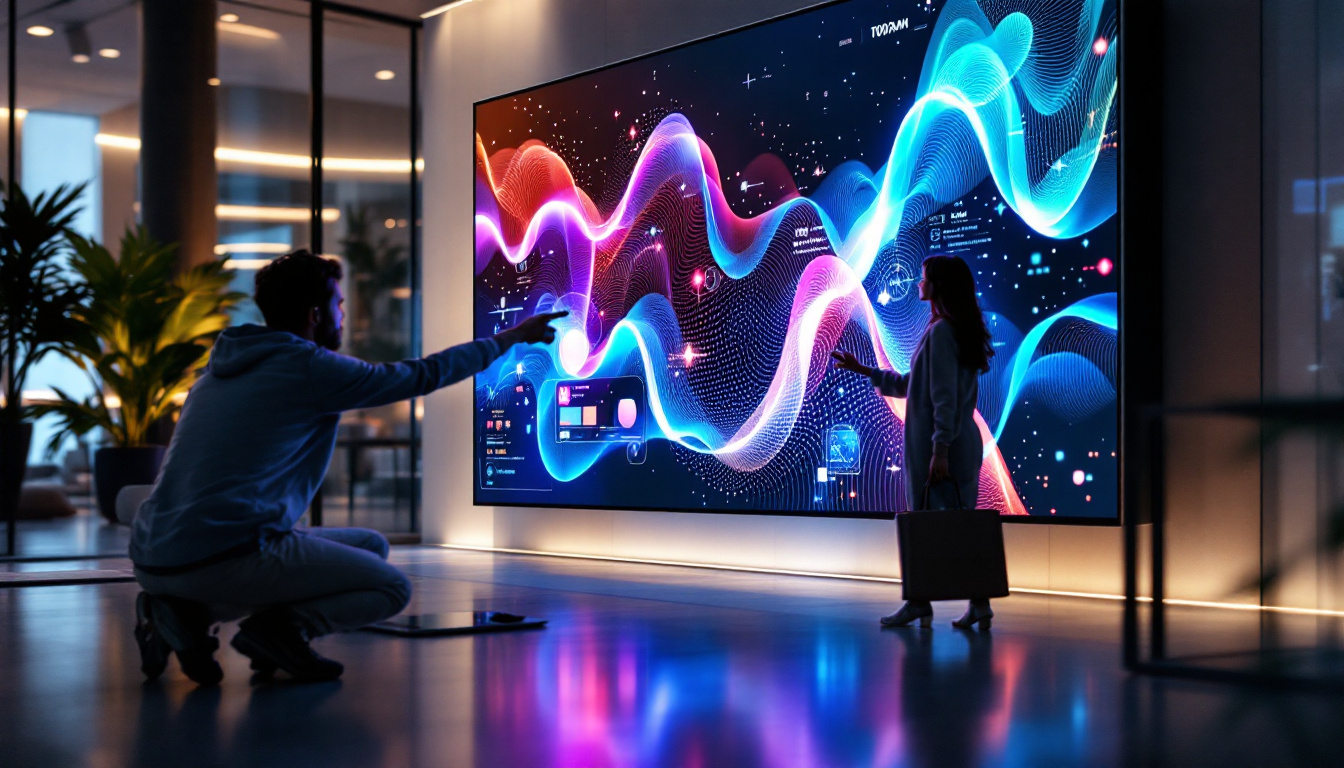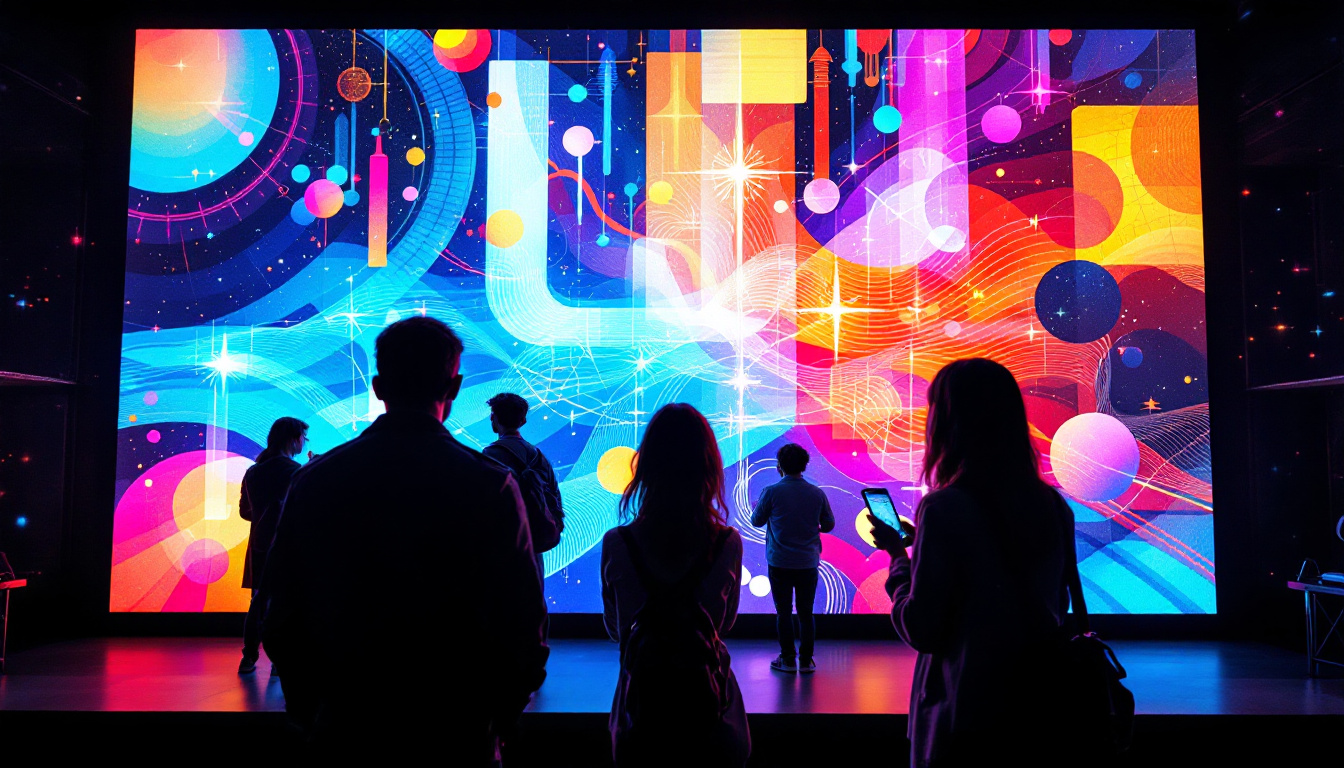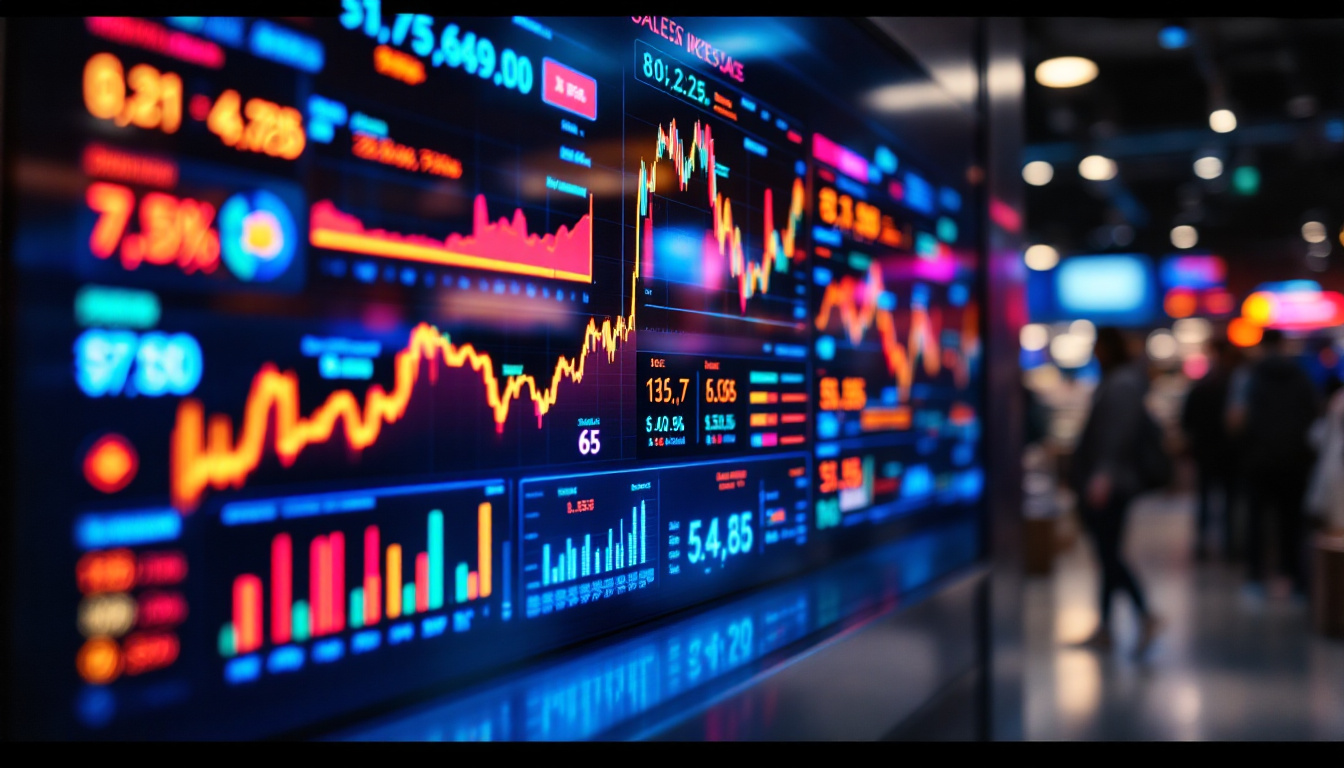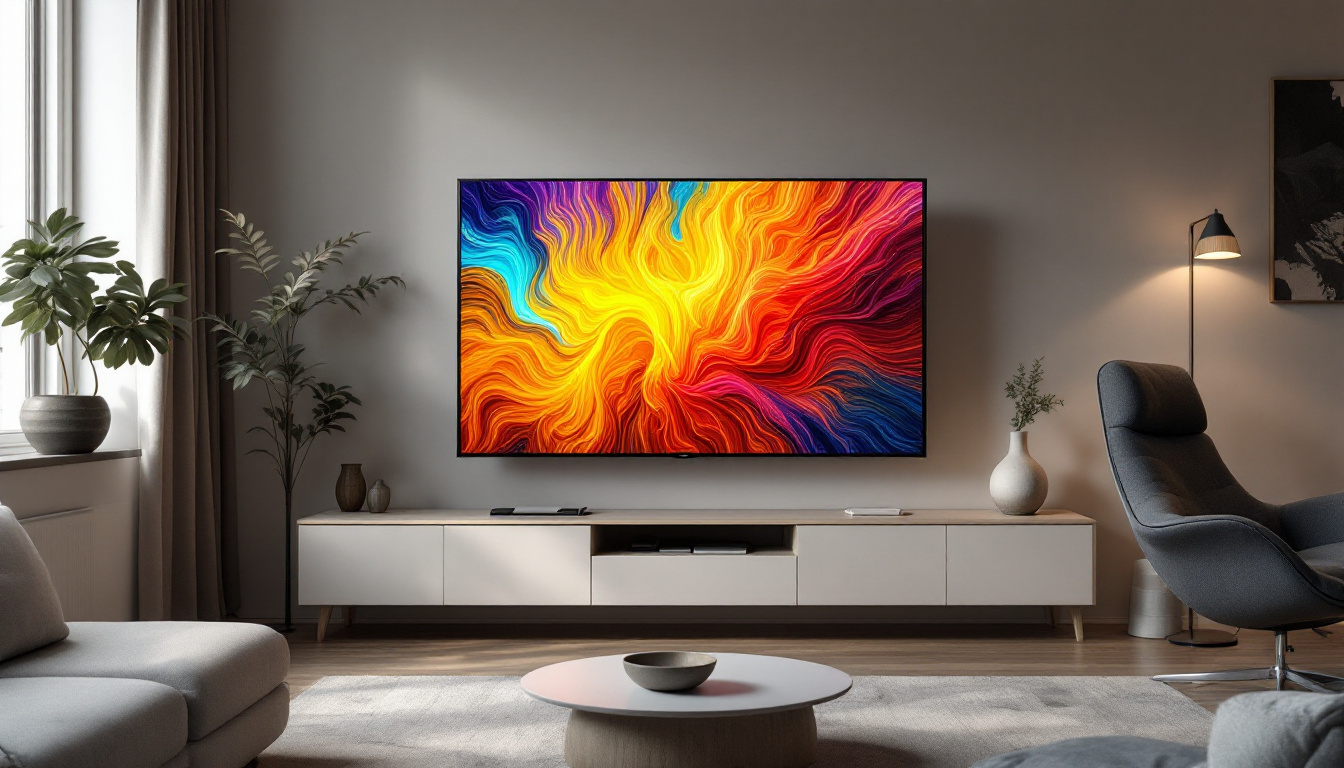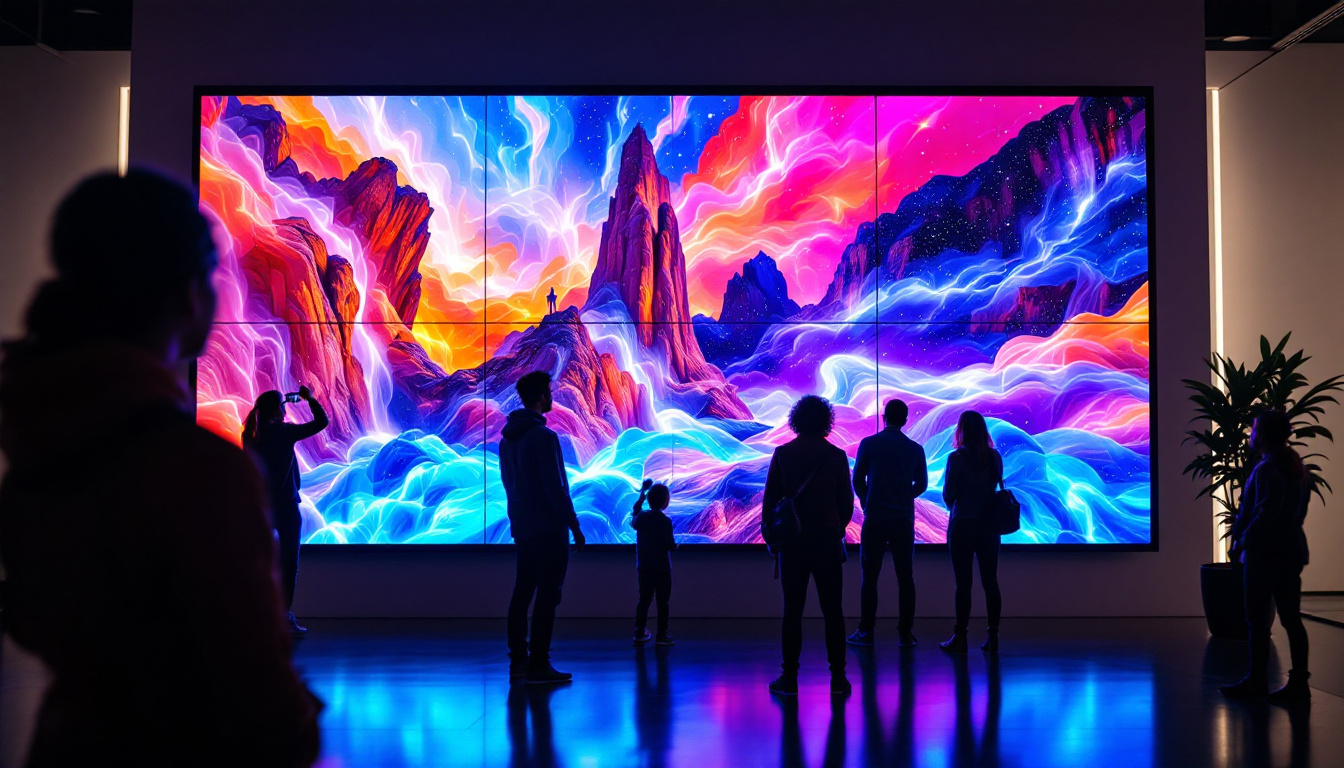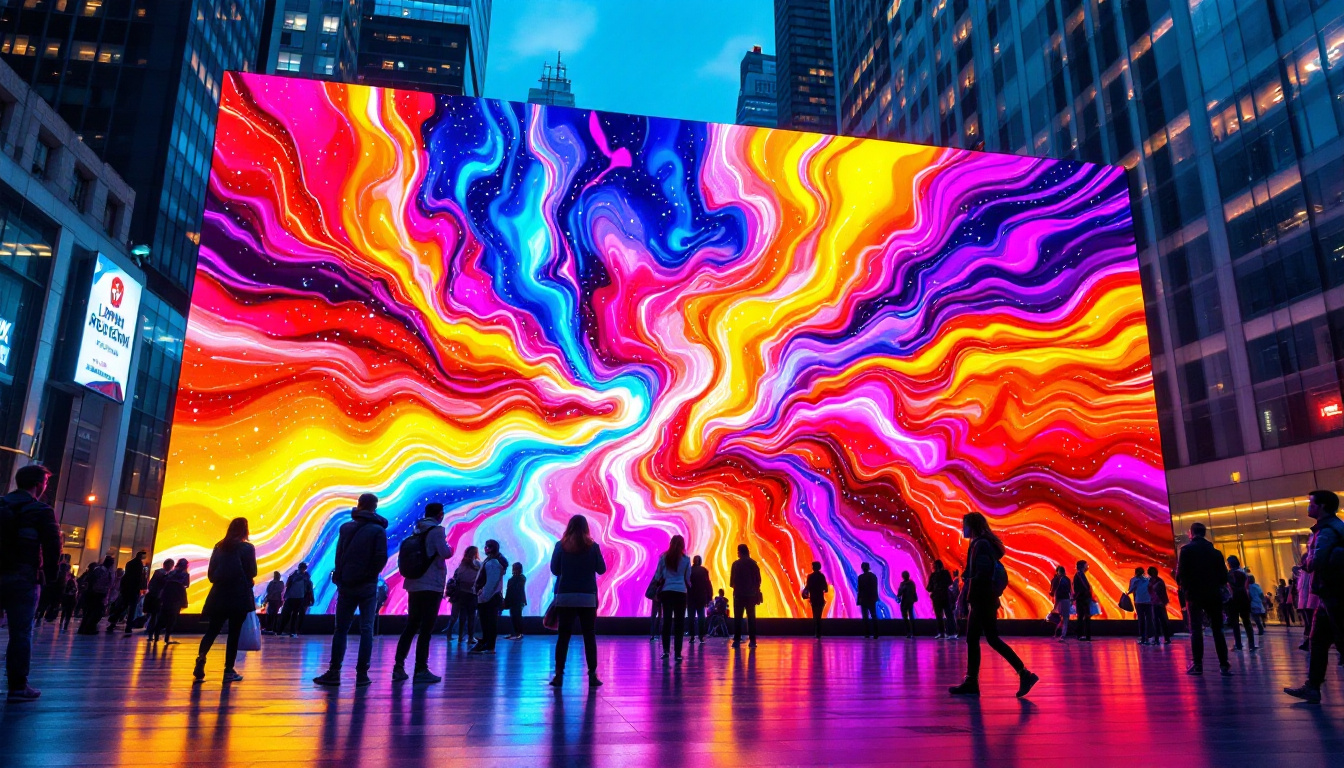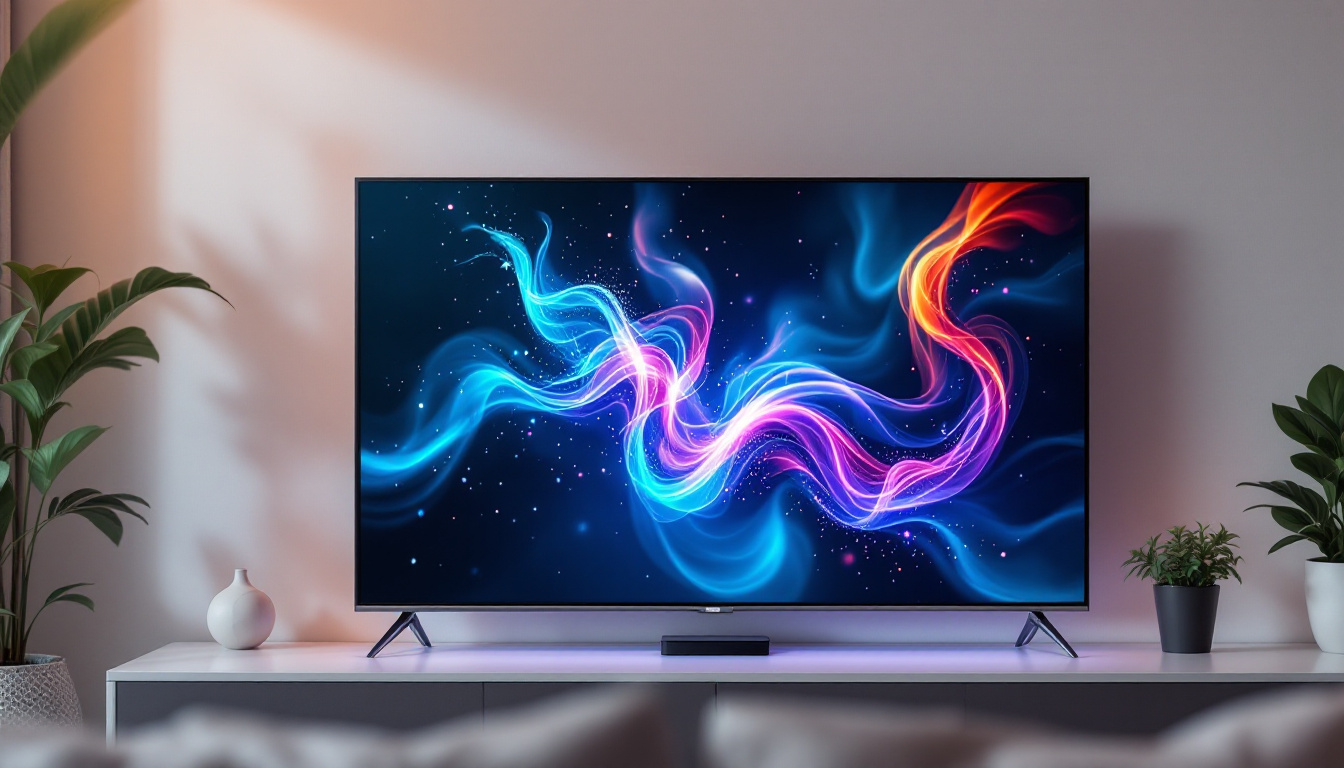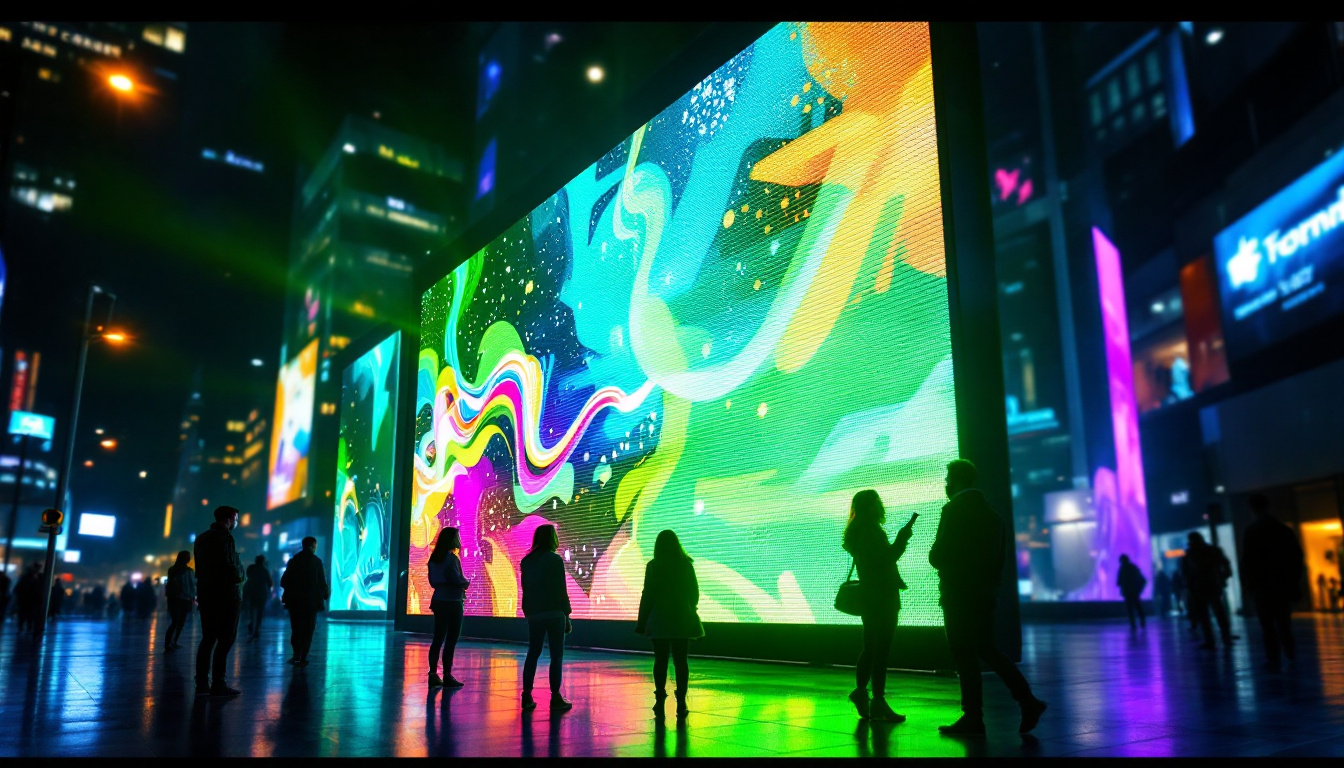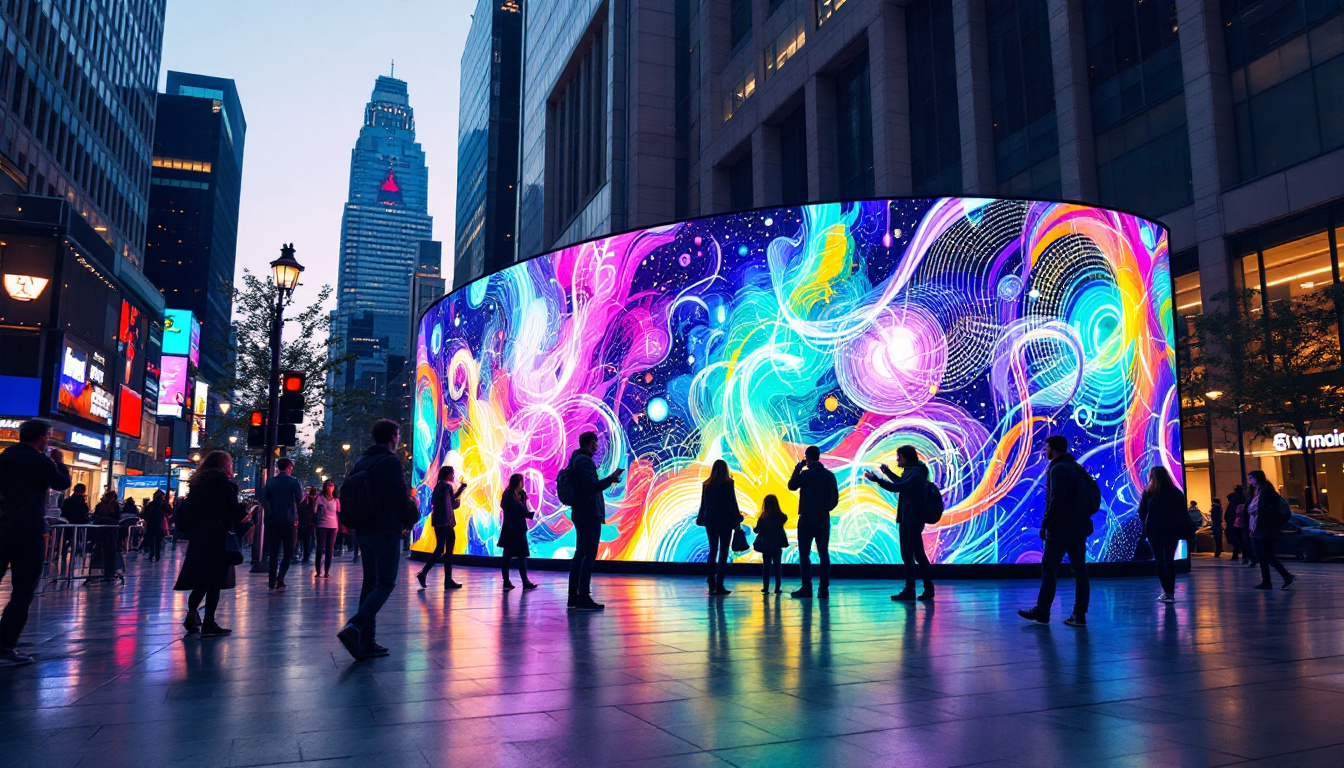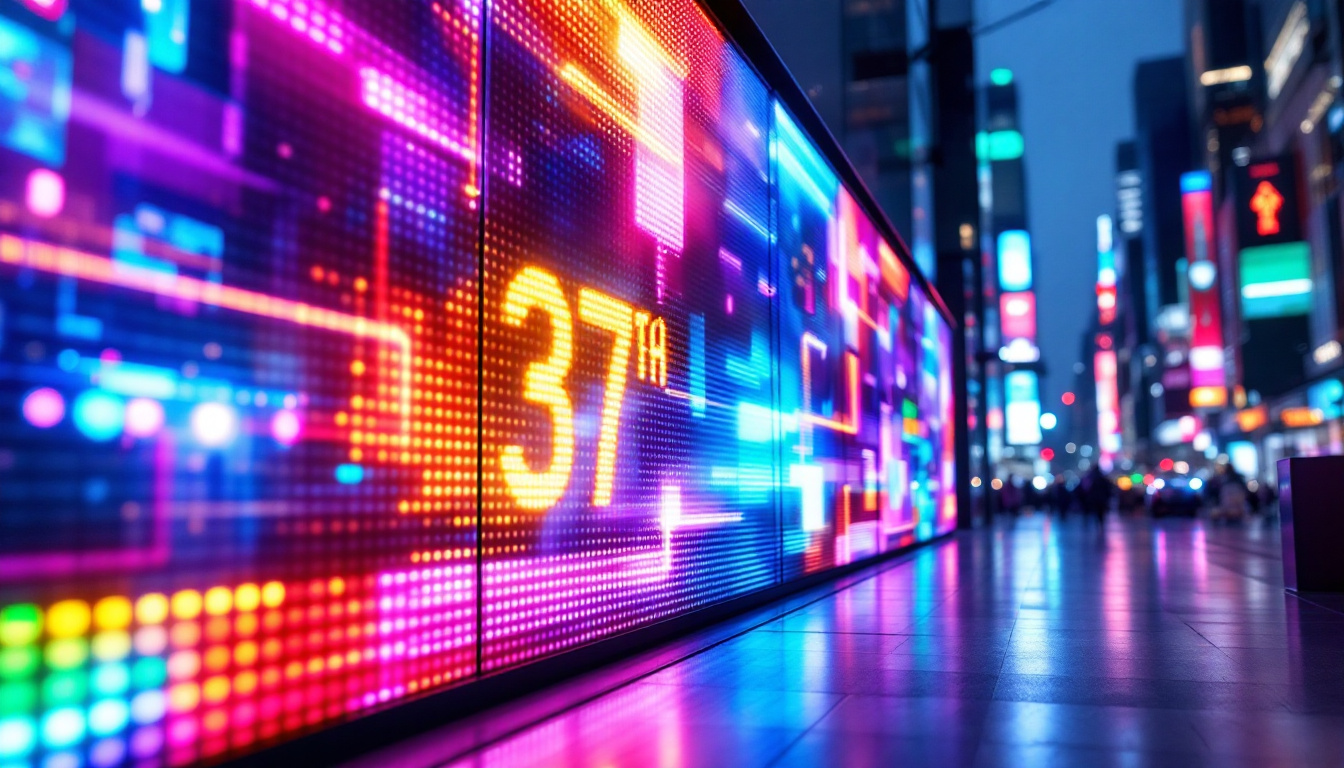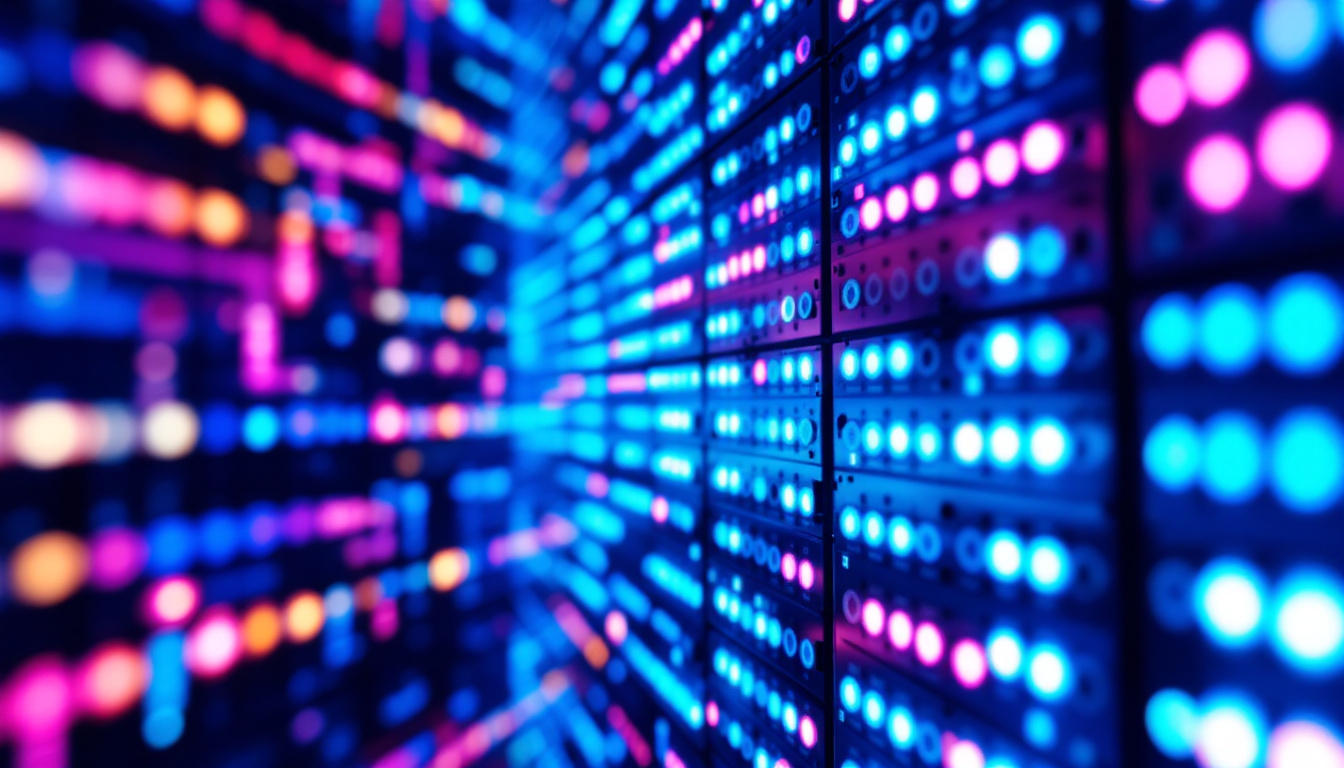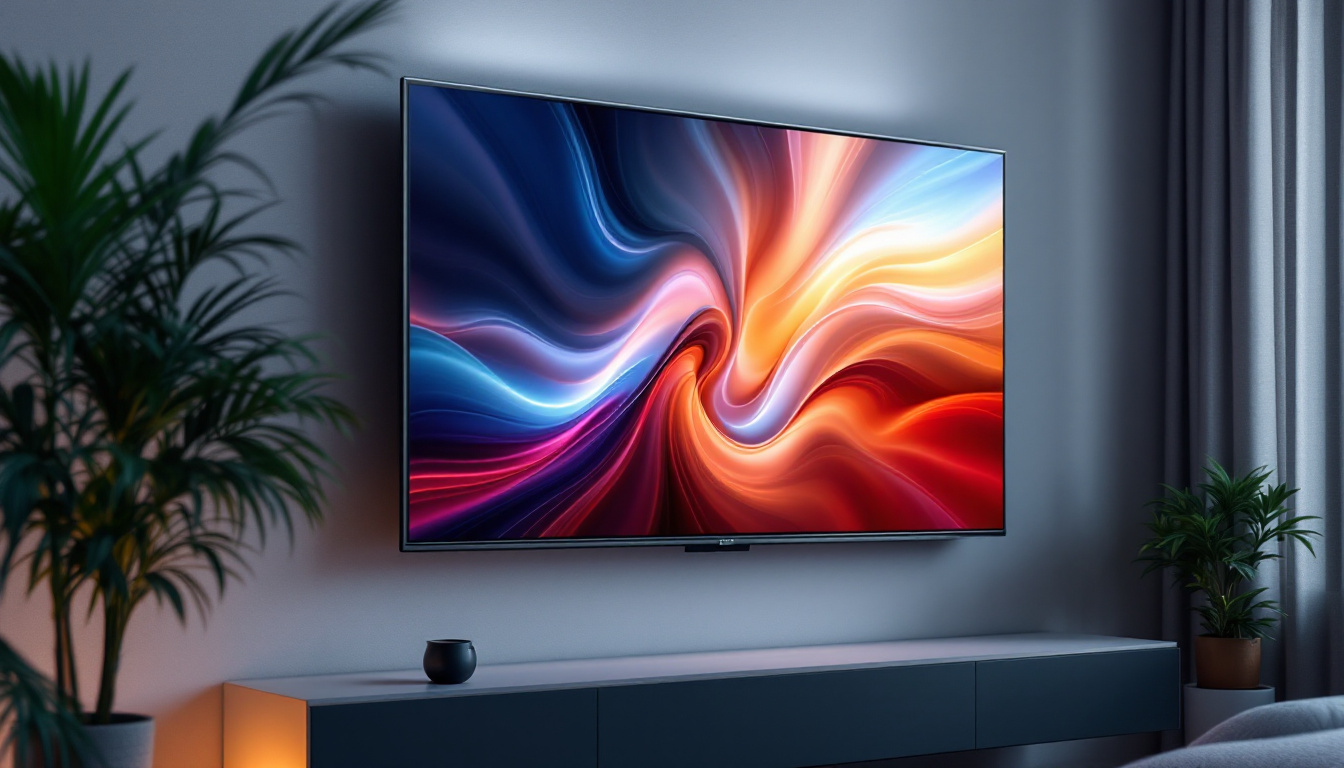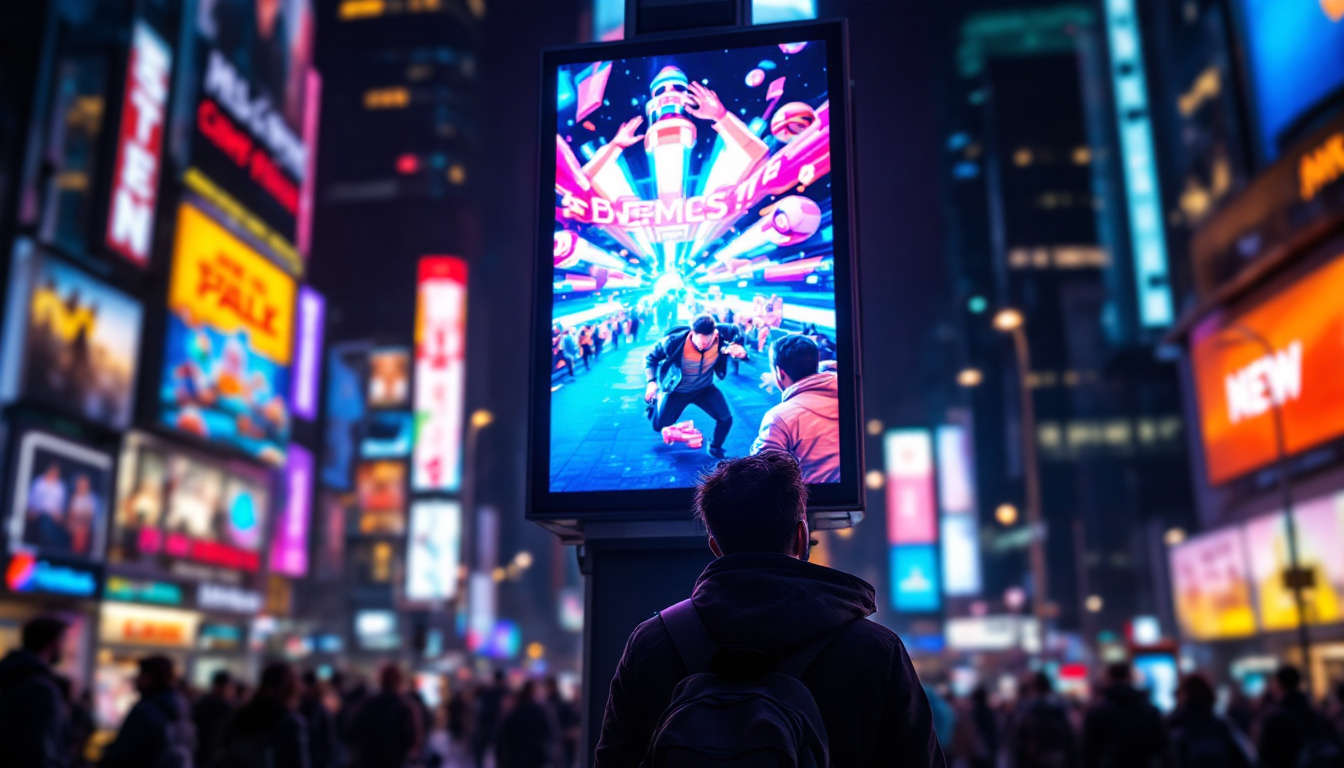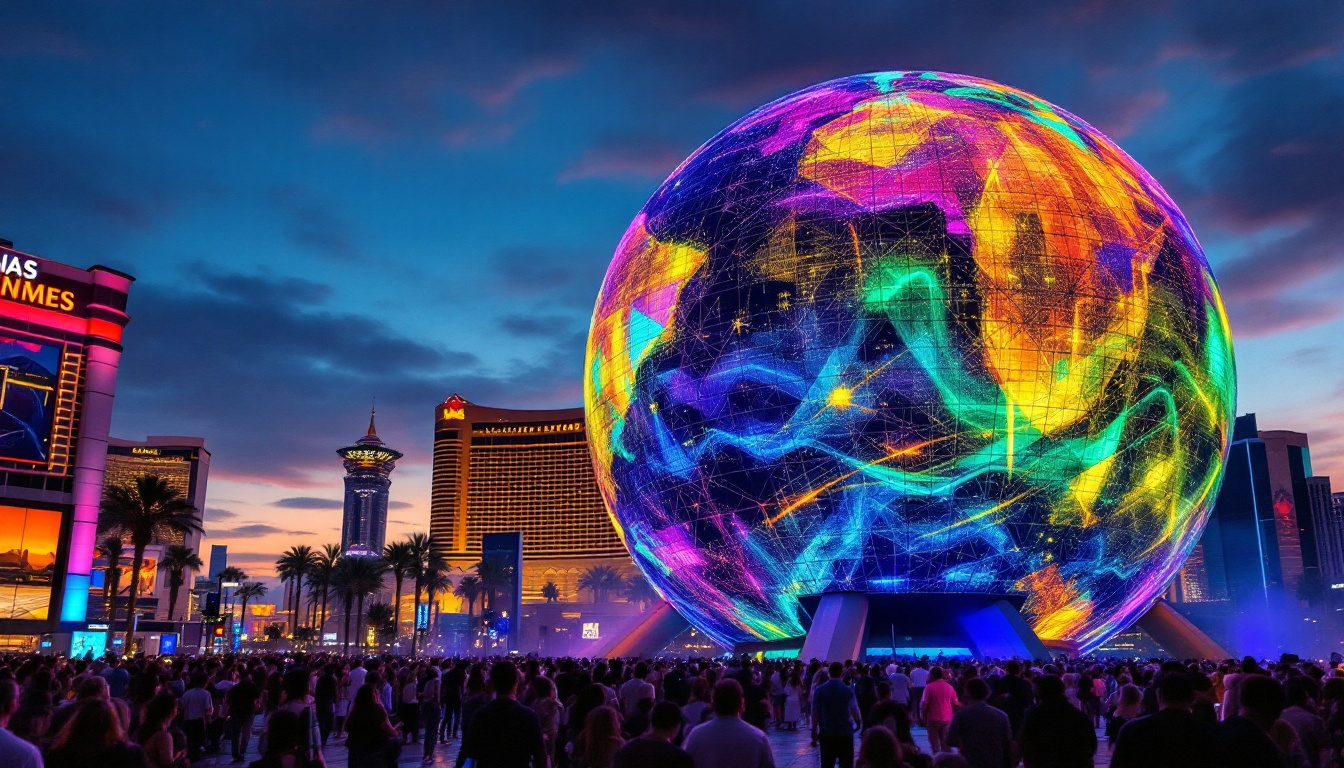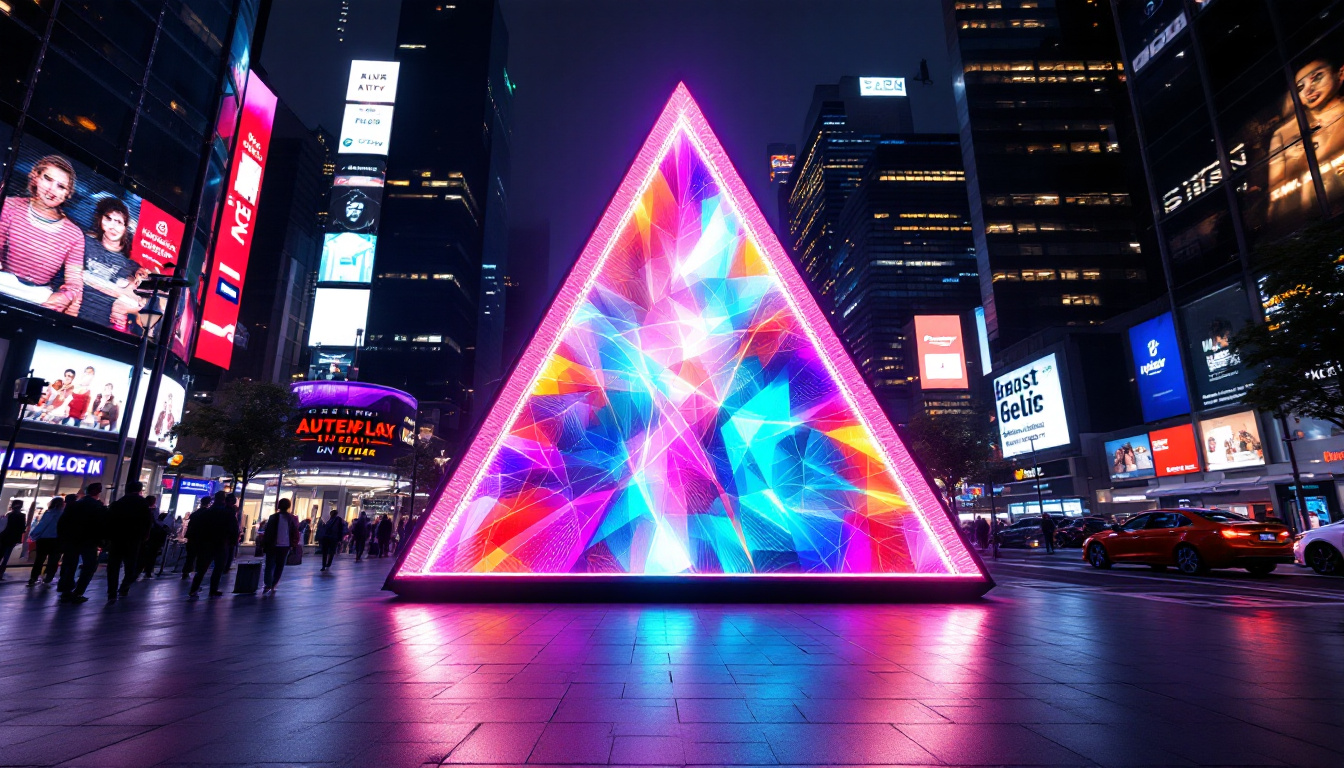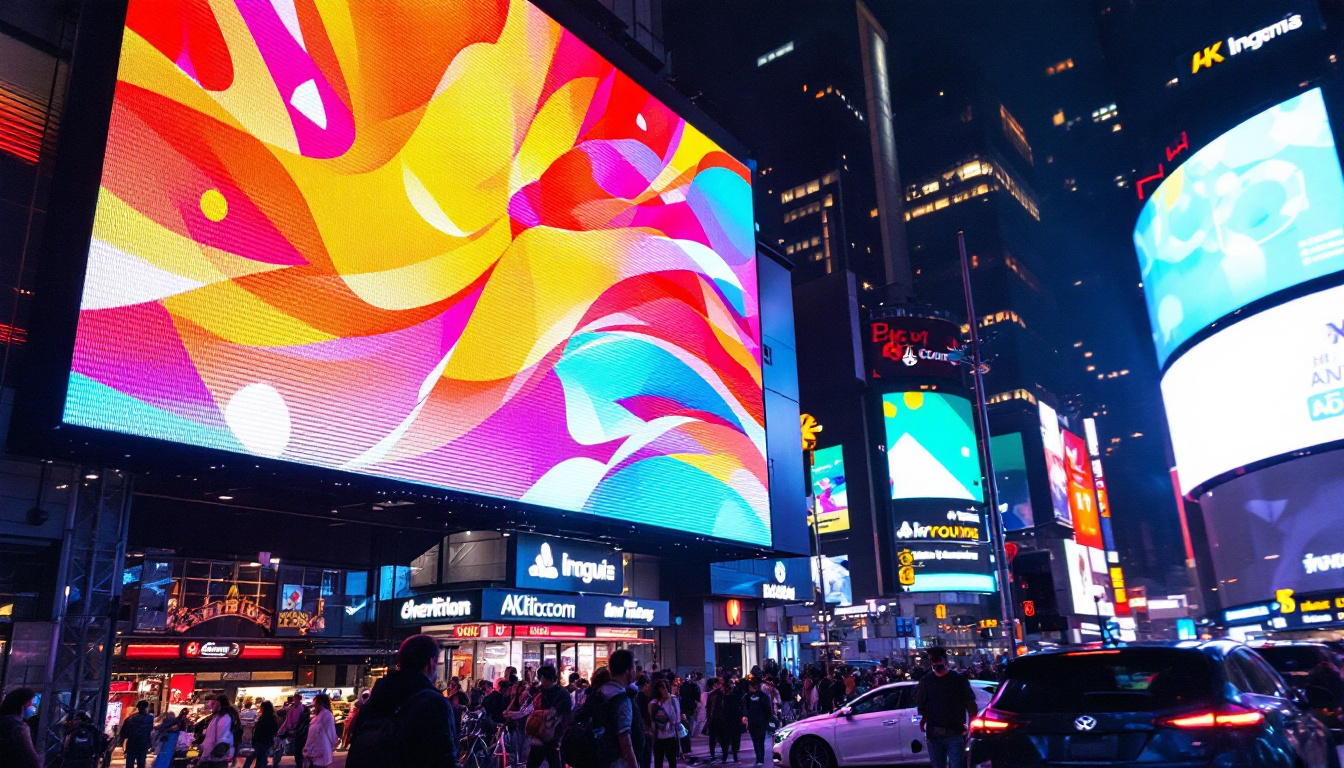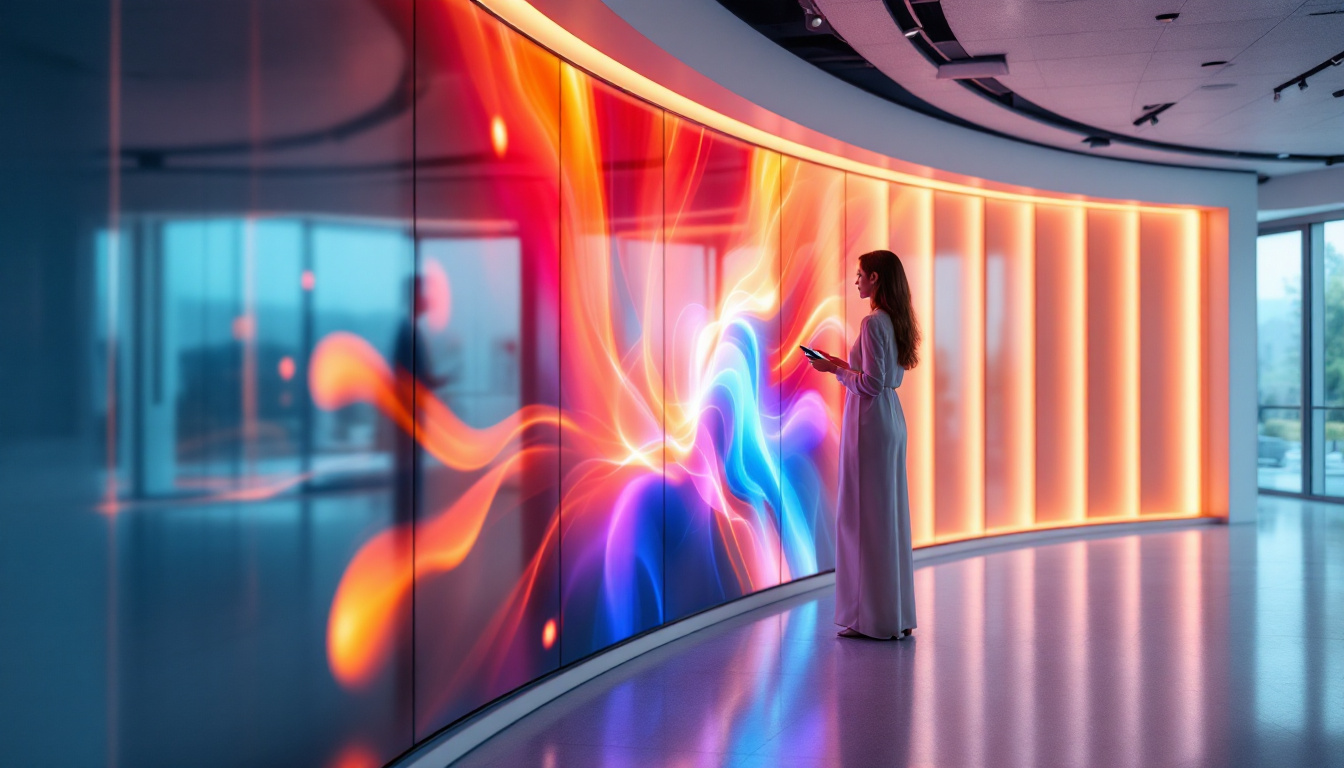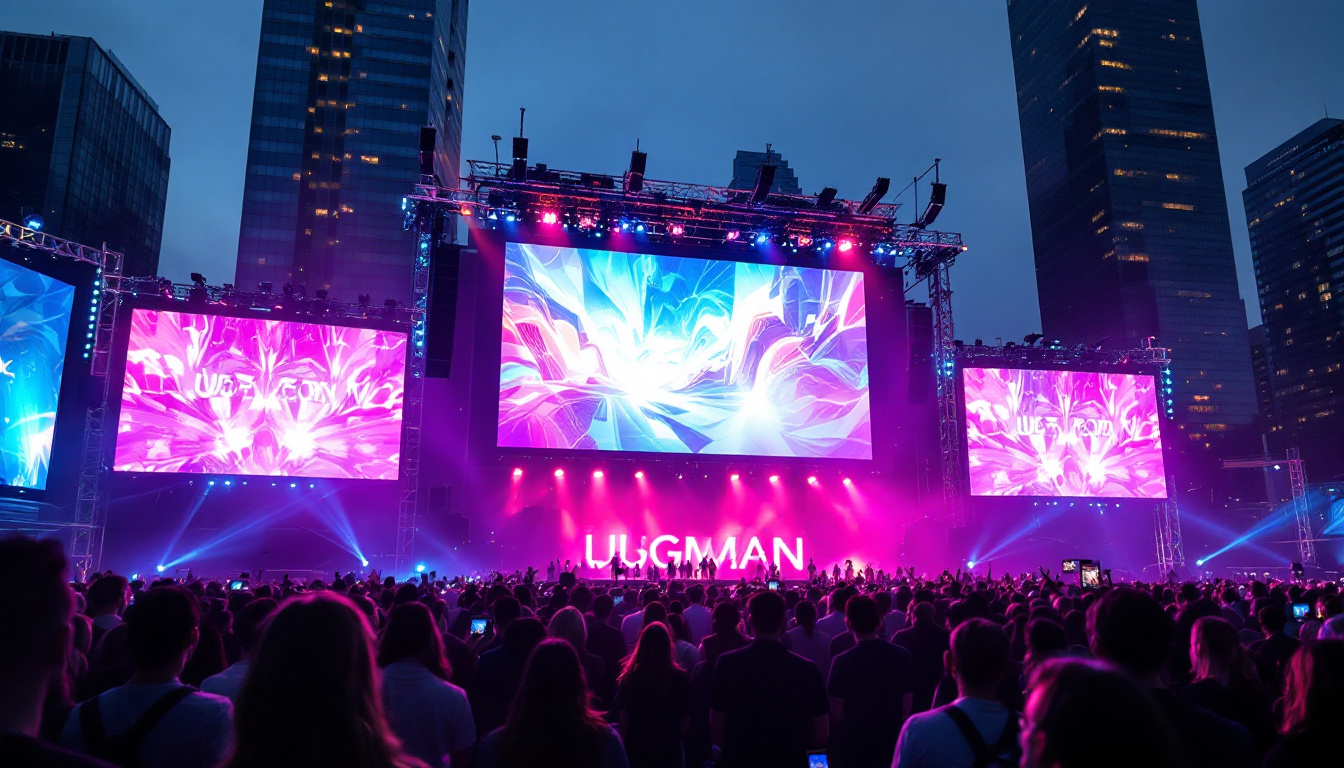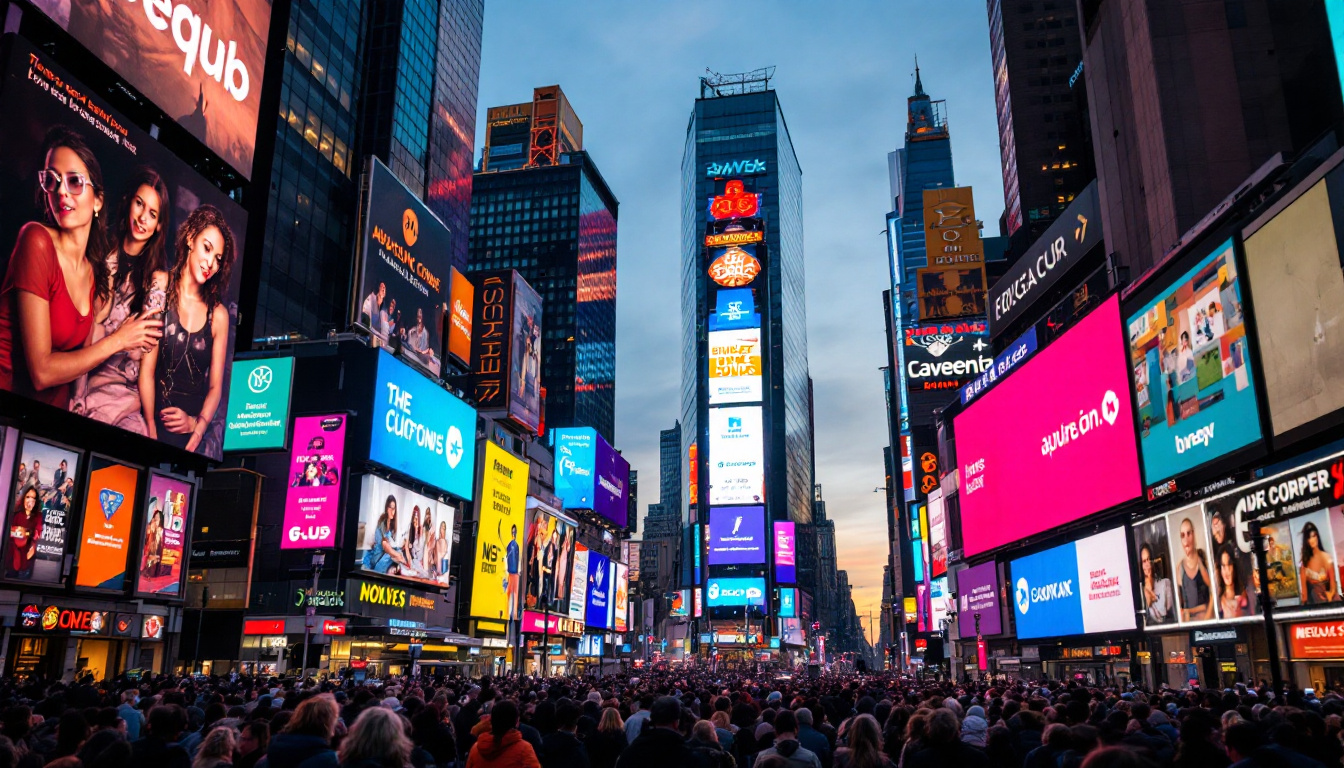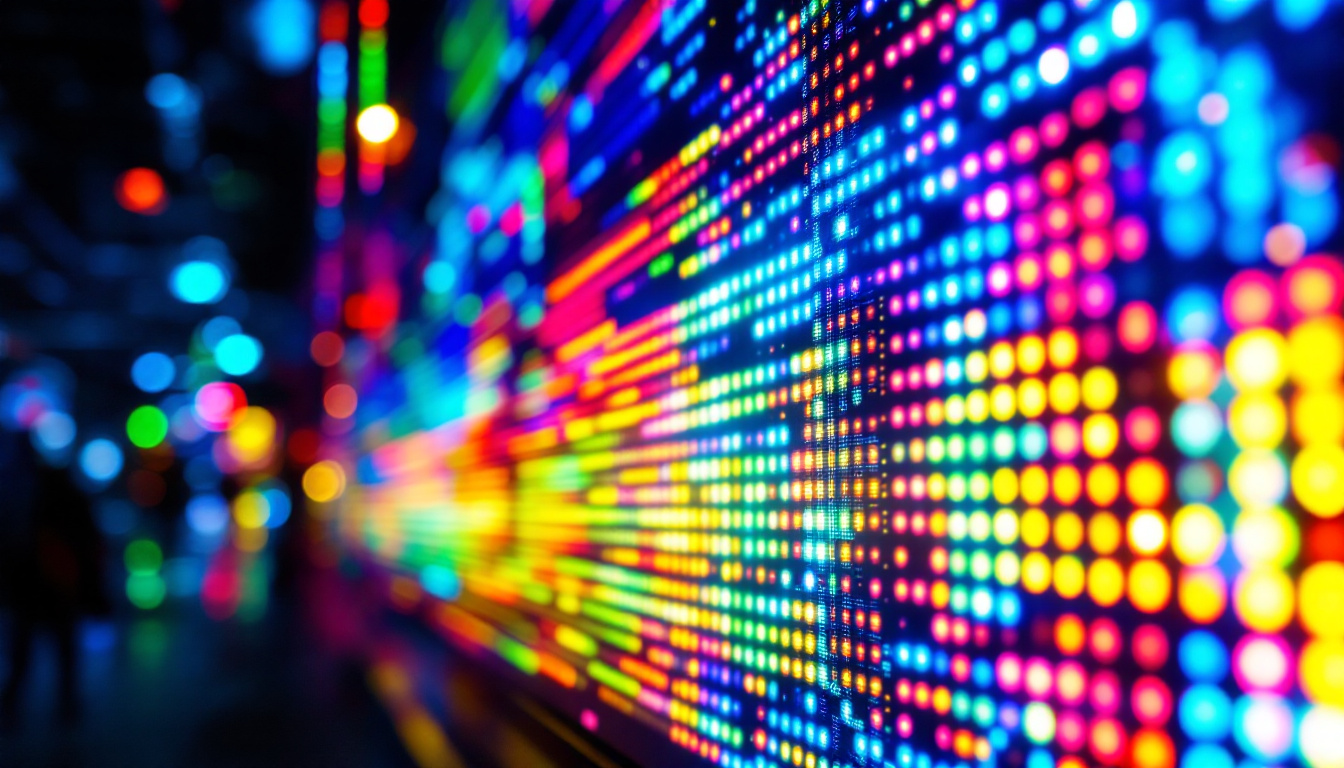In the realm of modern lighting solutions, fiber optic lights have emerged as a captivating and innovative option. These lights, which utilize thin strands of glass or plastic fibers to transmit light, have gained popularity for their unique aesthetic and versatility. Coupled with LED technology, fiber optic lights offer an array of applications, from decorative uses in homes to practical implementations in commercial settings. This article delves into the intricacies of fiber optic lights and how LED displays enhance their functionality and appeal.
Understanding Fiber Optic Technology
Fiber optic technology is rooted in the principles of light transmission. At its core, it involves the use of flexible fibers that can carry light over long distances with minimal loss. This technology has revolutionized various fields, including telecommunications and medical imaging, but its application in lighting has opened up new avenues for creativity and design. The ability to transmit data at the speed of light has not only improved communication systems but has also led to innovative solutions in architectural and artistic lighting, enhancing the aesthetic appeal of spaces.
The Basics of Fiber Optics
Fiber optics consists of two main components: the core and the cladding. The core is the thin glass or plastic fiber that transmits light, while the cladding surrounds the core and reflects light back into it, preventing loss. This principle of total internal reflection allows light to travel through bends and curves without significant degradation. As a result, fiber optic cables can be installed in various configurations, making them versatile for both indoor and outdoor applications. Moreover, advancements in manufacturing techniques have led to the development of even thinner fibers that can transmit more light, further enhancing their efficiency and performance.
One of the most appealing aspects of fiber optic lights is their ability to create stunning visual effects. When illuminated, the fibers can produce a range of colors and patterns, making them ideal for decorative applications. The flexibility of the fibers also allows for creative installations, from starry ceilings to illuminated pathways. Additionally, fiber optics can be integrated with smart technology, enabling dynamic lighting that can change colors or patterns in response to music or user preferences, thus transforming any environment into an interactive experience.
Types of Fiber Optic Lights
There are several types of fiber optic lights, each designed for specific applications. Some of the most common include:
- End-Glow Fiber Optics: These fibers transmit light from one end, producing a bright point of illumination. They are often used in decorative lighting and signage, providing clarity and vibrancy to displays. Their straightforward design makes them easy to install in various settings, from retail environments to art installations.
- Side-Glow Fiber Optics: Unlike end-glow fibers, side-glow fibers emit light along their length, creating a glowing effect. This type is commonly used for accent lighting and decorative features, such as outlining architectural elements or enhancing garden paths. Their unique light distribution can add depth and dimension to any design.
- Fiber Optic Star Ceilings: These installations use numerous tiny fibers to simulate a starry night sky, providing a magical ambiance in residential or commercial spaces. Often used in home theaters or relaxation areas, they can be customized to mimic constellations or create dynamic twinkling effects, making them a popular choice for creating immersive environments.
In addition to these types, fiber optic lighting systems can also be categorized based on their power source. Some systems are powered by LED lights, which offer energy efficiency and longevity, while others may utilize traditional incandescent bulbs for a warmer glow. The choice of light source can significantly impact the overall effect and application of the fiber optics, allowing designers to tailor their approach to meet specific aesthetic and functional needs. Furthermore, the integration of fiber optics with other lighting technologies, such as LED strips or smart home systems, continues to push the boundaries of what is possible in modern lighting design.
The Role of LED Technology
LED (Light Emitting Diode) technology has transformed the lighting industry due to its energy efficiency, longevity, and versatility. When combined with fiber optic lights, LEDs enhance the overall performance and aesthetic appeal of the lighting system.
Benefits of Using LEDs in Fiber Optic Lighting
Integrating LED technology into fiber optic lighting systems offers several advantages:
- Energy Efficiency: LEDs consume significantly less energy than traditional incandescent bulbs, making them a more sustainable choice for lighting.
- Longevity: LEDs have a much longer lifespan, often lasting tens of thousands of hours, which reduces the need for frequent replacements.
- Color Variety: LEDs are available in a wide range of colors and can be easily programmed to change colors, allowing for dynamic lighting effects.
How LEDs Enhance Fiber Optic Displays
The combination of LED lights and fiber optic technology creates a visually stunning display that can be tailored to various environments. For instance, in a home setting, LED fiber optic lights can be used to create a calming atmosphere in a bedroom or an exciting ambiance in a game room. In commercial spaces, these lights can enhance branding and create an inviting atmosphere for customers.
Moreover, the ability to control LED lights through smart technology allows users to customize their lighting experience. With the integration of smart home systems, users can adjust brightness, color, and even set schedules for their fiber optic displays.
Applications of Fiber Optic Lights
The versatility of fiber optic lights makes them suitable for a wide range of applications. Whether for aesthetic purposes or practical uses, these lights can be found in various settings.
Residential Applications
In residential spaces, fiber optic lights are often used for decorative purposes. They can be installed in ceilings, walls, and even furniture to create unique lighting effects. Popular uses include:
- Star Ceilings: A popular choice for bedrooms and entertainment rooms, star ceilings create a serene and enchanting atmosphere.
- Accent Lighting: Fiber optic lights can highlight architectural features or artwork, adding depth and interest to a room.
- Pathway Lighting: Illuminating walkways and driveways with fiber optic lights not only enhances safety but also adds a touch of elegance.
Commercial and Public Spaces
In commercial settings, fiber optic lights serve both functional and aesthetic roles. Retail stores, restaurants, and hotels utilize these lights to enhance the customer experience. Some applications include:
- Branding: Businesses can use fiber optic displays to showcase their logos or brand colors, creating a memorable impression on customers.
- Event Spaces: Fiber optic lights can transform event venues, providing customizable lighting options for weddings, parties, and corporate events.
- Safety Features: In public spaces, fiber optic lights can be used for emergency exit signs or to illuminate pathways, ensuring safety for all visitors.
Artistic Installations
Artists and designers have embraced fiber optic lights for their ability to create stunning visual displays. From large-scale installations in galleries to interactive exhibits, the possibilities are endless. Fiber optics can be used to create immersive environments that engage viewers and evoke emotions.
Additionally, the use of programmable LEDs allows artists to experiment with light and color, creating dynamic pieces that change over time. This fusion of technology and creativity has led to a new genre of art that captivates audiences worldwide.
Installation and Maintenance Considerations
While fiber optic lighting systems offer numerous benefits, proper installation and maintenance are crucial to ensure optimal performance. Understanding the installation process and maintenance requirements can help users maximize their investment.
Installation Process
Installing fiber optic lights typically involves several steps:
- Planning: Determine the desired layout and design for the fiber optic lighting. This includes selecting the type of fibers and the placement of LED light sources.
- Preparation: Prepare the installation area by ensuring that all surfaces are clean and suitable for mounting the fibers.
- Installation: Carefully install the fiber optic cables according to the planned design. This may involve drilling holes or using adhesive mounts to secure the fibers.
- Connecting LEDs: Connect the LED light sources to the fiber optic cables, ensuring proper alignment for optimal light transmission.
- Testing: Once installed, test the system to ensure that all fibers are functioning correctly and producing the desired effects.
Maintenance Tips
Maintaining fiber optic lights is relatively straightforward, but certain practices can help prolong their lifespan:
- Regular Cleaning: Dust and debris can accumulate on the fibers, affecting light transmission. Regularly clean the fibers with a soft, dry cloth to maintain clarity.
- Check Connections: Periodically inspect the connections between the LED light sources and the fiber optic cables to ensure they remain secure.
- Monitor Performance: Keep an eye on the performance of the lighting system. If any fibers appear dim or non-functional, investigate and address the issue promptly.
The Future of Fiber Optic Lighting
As technology continues to advance, the future of fiber optic lighting looks promising. Innovations in LED technology, coupled with developments in fiber optic materials, are likely to enhance the performance and versatility of these lighting systems.
Emerging Trends
Several trends are shaping the future of fiber optic lighting:
- Smart Lighting: The integration of smart technology will allow for even greater customization and control over fiber optic lighting systems, making them more user-friendly and adaptable.
- Sustainable Practices: As sustainability becomes a priority, manufacturers are focusing on eco-friendly materials and energy-efficient designs for fiber optic lights.
- Interactive Installations: The rise of interactive art and experiences will likely lead to more innovative uses of fiber optic lighting, engaging audiences in new and exciting ways.
Conclusion
Fiber optic lights, enhanced by LED technology, represent a fascinating intersection of art and science. Their versatility and aesthetic appeal make them suitable for a wide range of applications, from residential to commercial and artistic installations. As technology continues to evolve, fiber optic lighting will undoubtedly play an increasingly significant role in shaping our environments and experiences.
Whether used for practical purposes or as a means of creative expression, fiber optic lights offer a unique way to illuminate spaces and captivate audiences. Embracing this innovative technology can lead to stunning results that transform ordinary settings into extraordinary experiences.
Illuminate Your World with LumenMatrix
Ready to elevate your space with the transformative power of fiber optic lighting and LED technology? Discover LumenMatrix’s comprehensive range of LED display solutions, from mesmerizing Indoor LED Walls to dynamic Outdoor Displays and beyond. Each product is crafted to bring your vision to life, ensuring your message resonates with brilliance and clarity. Don’t just light up your environment—revolutionize it. Check out LumenMatrix LED Display Solutions today and step into a brighter, more engaging world.

